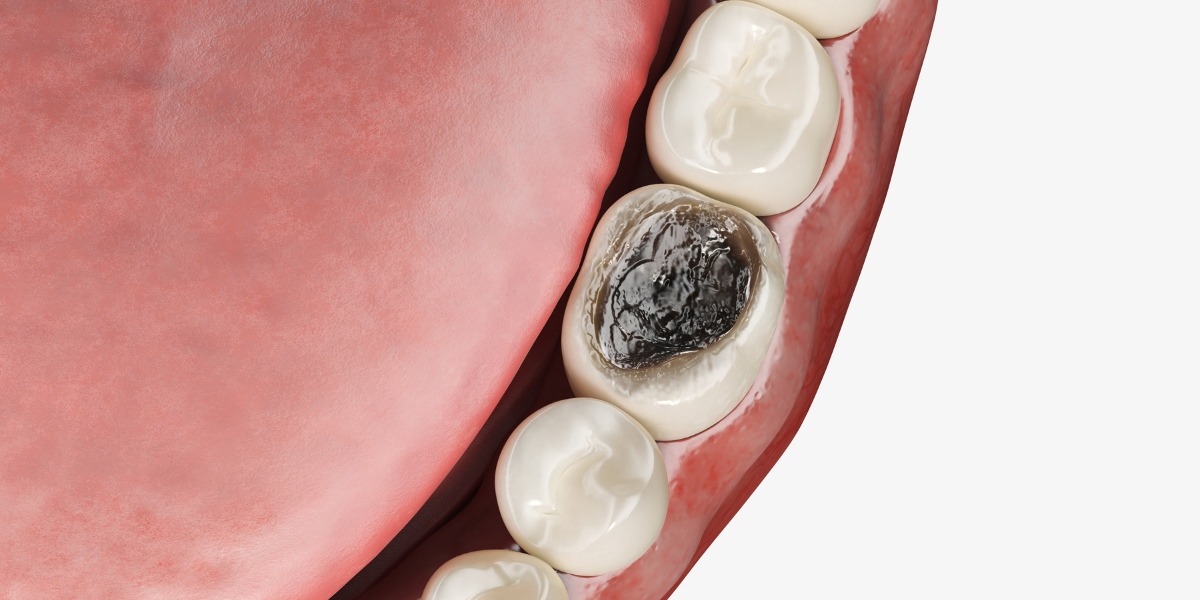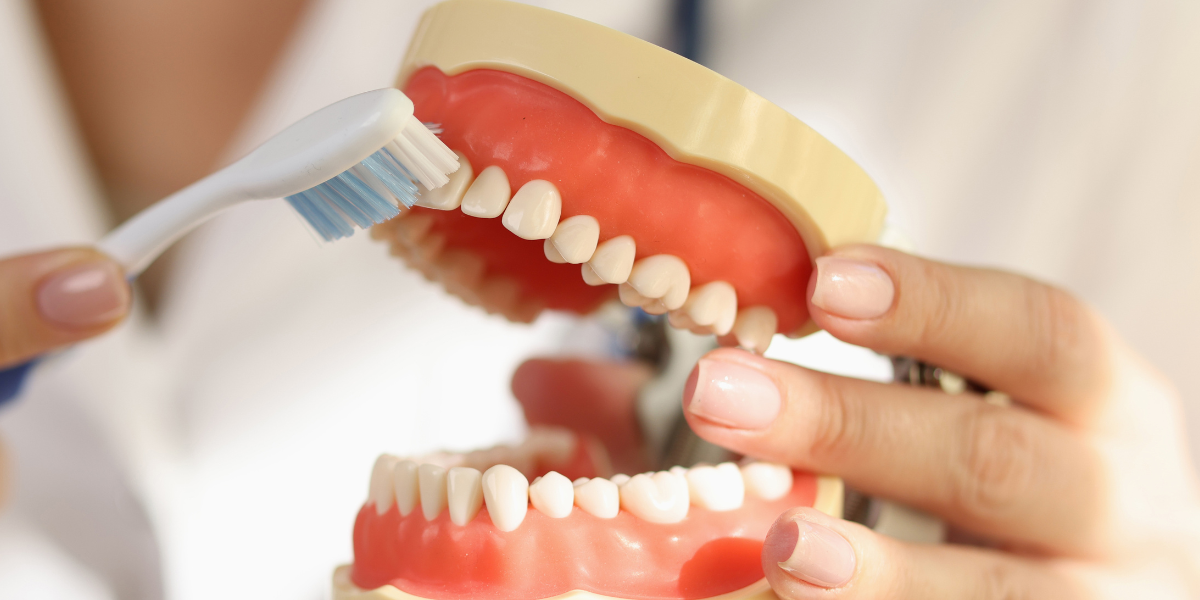Why do my teeth hurt after drinking something cold?

Many of us experience some level of tooth pain on a daily basis after consuming cold foods or drinks. Find out why frigid substances can be so irritating and why even mild discomfort can be cause for concern.
There’s nothing like an ice-cold glass of water… until you feel a zing in your tooth! Why does this happen and what does it mean for the health of our teeth? Let’s investigate.
What is tooth sensitivity?
Tooth sensitivity can present different ways depending on the cause. If it’s due to something generalized like gum recession (more on this later), it may feel like a zing of pain that subsides quickly. If it is due to a cavity, aside from sensitivity, you may see physical presentations of the cavity like a dark spot or even a hole depending on the size. If the sensitivity is due to something more serious like an infection, the pain will be severe and there will most likely be a small bubble on the gum around the tooth.
How common is it?
Tooth sensitivity occurs in about 33% of the population [1] but studies indicate that numbers may be as high as 60% in future[1]. The theory is that tooth sensitivity is under reported. Often since it’s a transient pain, patients often only tell their dental hygienist or dentist when the pain is unbearable. If you’re feeling any sensitivity, always report it to your health care professional so that they can identify the cause and prevent the discomfort from progressing to intolerable pain.
What are the causes?
Tooth sensitivity is multifactorial with many contributing factors including periodontal disease, aggressive brushing, clenching, and grinding, and so many more. While there are many causes for sensitivity, receding gums is one of the biggest. According to the American Dental Association, “88 percent of people 65 years of age and older and 50 percent of people 18 to 64 years of age have one or more sites with recession” [2].
If sensitivity is due to a cavity, the pain will be localized to the affected tooth and possibly the adjacent teeth if the decay is interproximal (in between the teeth). Molars are especially prone to cavities because of their deep pits and grooves so if you’re getting a cavity, you may also feel it when you chew or eat something sweet.
Can sensitive teeth be treated?
Treatment of sensitivity is as varied as the causes of it. If the sensitivity is due to a cavity, the treatment will be a filling or a crown depending on the size. If it is due to an infection, a root canal may be indicated if the infection has caused damage to the nerve of the tooth. In regards to recession, once again it depends on the severity. For generalized light-moderate sensitivity, fluoride treatments – especially varnishes, are a great option as they effectively seal off the dentinal tubules that become exposed with recession. If a patient prefers to avoid fluoride, toothpastes, mouthwashes, or desensitizing gels with potassium nitrate are a great option. Potassium nitrate intercepts the transmission of pain and calms the nerve of the tooth, effectively reducing sensitivity [3]. Tooth sensitivity can also be helped with an occlusal guard, gentle circular brushing (no scrubbing), regular visits to the dentists, and a good oral hygiene routine.
Sensitive teeth can be uncomfortable. Luckily there are many options and resources available to treat it!
References
- Kassab, M. M., & Cohen, R. E. (2003). The etiology and prevalence of gingival recession. The Journal of the American Dental Association. https://jada.ada.org/article/S0002-8177(14)61986-3/fulltext
- Sharma, S., Shetty, N. J., & Uppoor, A. (2012). Evaluation of the clinical efficacy of potassium nitrate desensitizing mouthwash and a toothpaste in the treatment of dentinal hypersensitivity. Journal of clinical and experimental dentistry, 4(1), e28–e33. https://doi.org/10.4317/jced.50665
- Zeola, Soares, Cruz, et al. (2019). Prevalence of dentin hypersensitivity: Systematic review and meta-analysis. Journal of Dentistry. https://www.sciencedirect.com/science/article/pii/S0300571218305736







